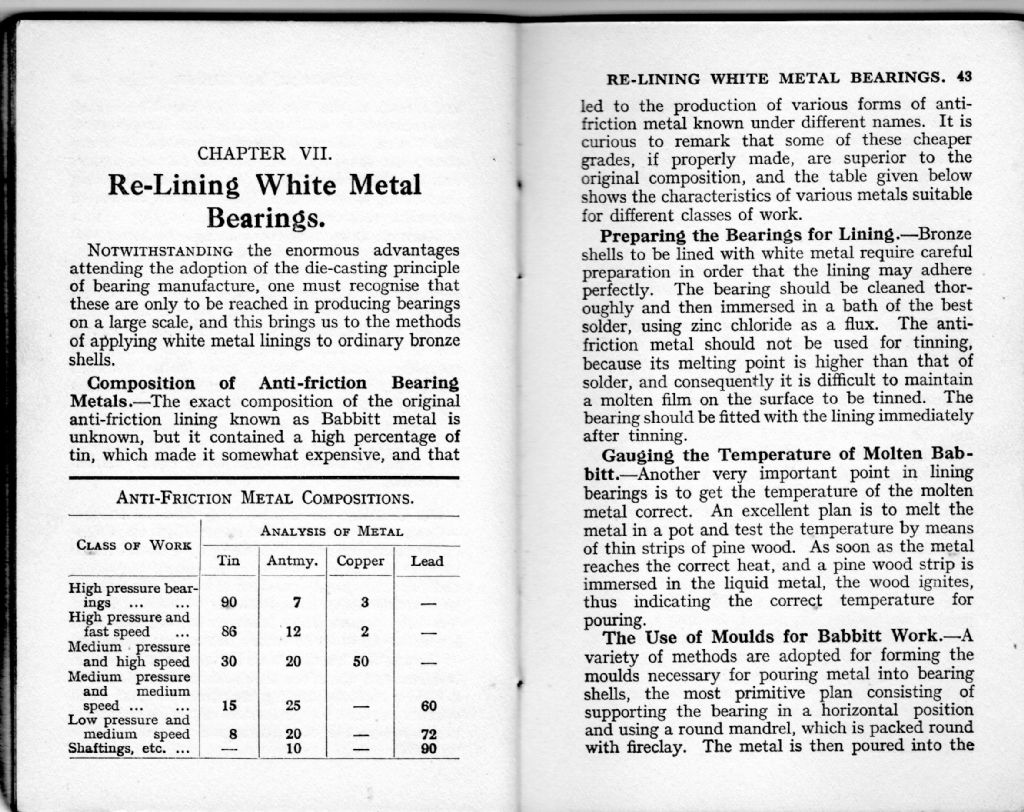Babbit = Pewter ?
Babbit = Pewter ?
- This topic has 22 replies, 9 voices, and was last updated 27 February 2016 at 11:02 by
OuBallie.
Viewing 23 posts - 1 through 23 (of 23 total)
Viewing 23 posts - 1 through 23 (of 23 total)
- Please log in to reply to this topic. Registering is free and easy using the links on the menu at the top of this page.
Latest Replies
Viewing 25 topics - 1 through 25 (of 25 total)
-
- Topic
- Voices
- Last Post
Viewing 25 topics - 1 through 25 (of 25 total)
Latest Issue
Newsletter Sign-up
Latest Replies
- New member looking for help
- Sanjay’s Banjo Engine
- High strength 4mm steel?
- TurboCAD Snaps and Dimensioning?
- All things Beaver Mill
- Readability / clarity in new combined magazine
- Offen screw type telescopic gauge.
- New (old!) member
- Amadeal AMABL210E Review – Any Requests?
- My experiences with an ELS lathe






